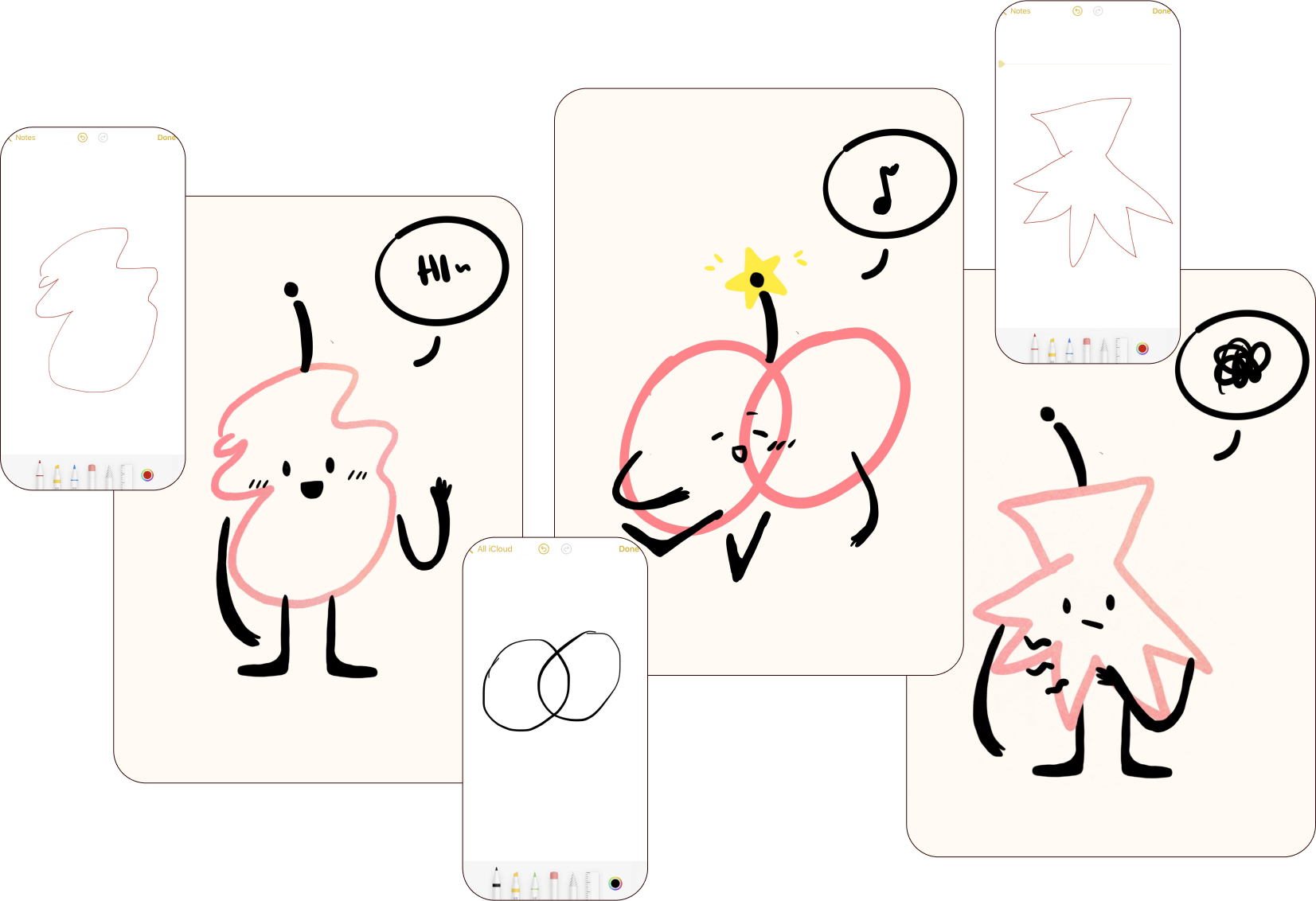
#tabemon
Method + Tools
Desk research | User Interviews | Persona Development | User Journey Mapping | Wireframing | Prototyping | Keynote | Adobe Illustrator| Adobe Photoshop | Adobe InDesign | Adobe XD | User Flow | Figma | Procreate
#context
Young adulthood is a pivotal and stressful phase for many people. It is usually associated with increased responsibilities and unsettled life, including—financial independence, career development, starting a family, etc. Keeping a healthy eating lifestyle is one of the last things young adults would be willing to “waste” time on since so many things are considered important in this phase while their health is usually ignored. Over time, this carelessness towards their health increases the risk of morbidities and chronic diseases in the future.
#challenge
How might we encourage young adults to eat more mindfully?
#solution
A digital companion—Tabemon
who leads and supports you to
build good eating habits






































